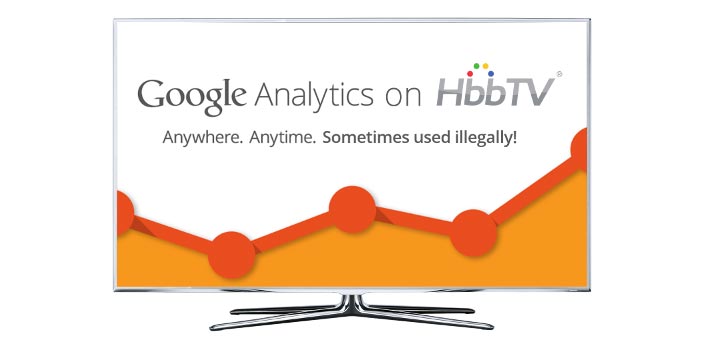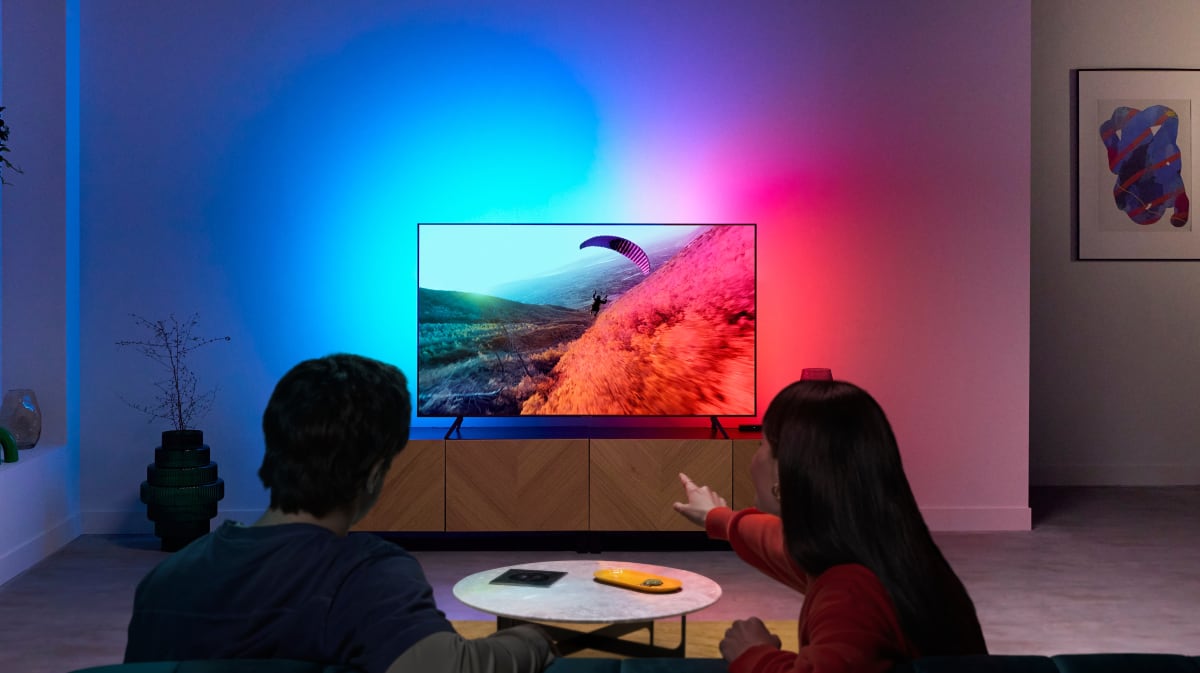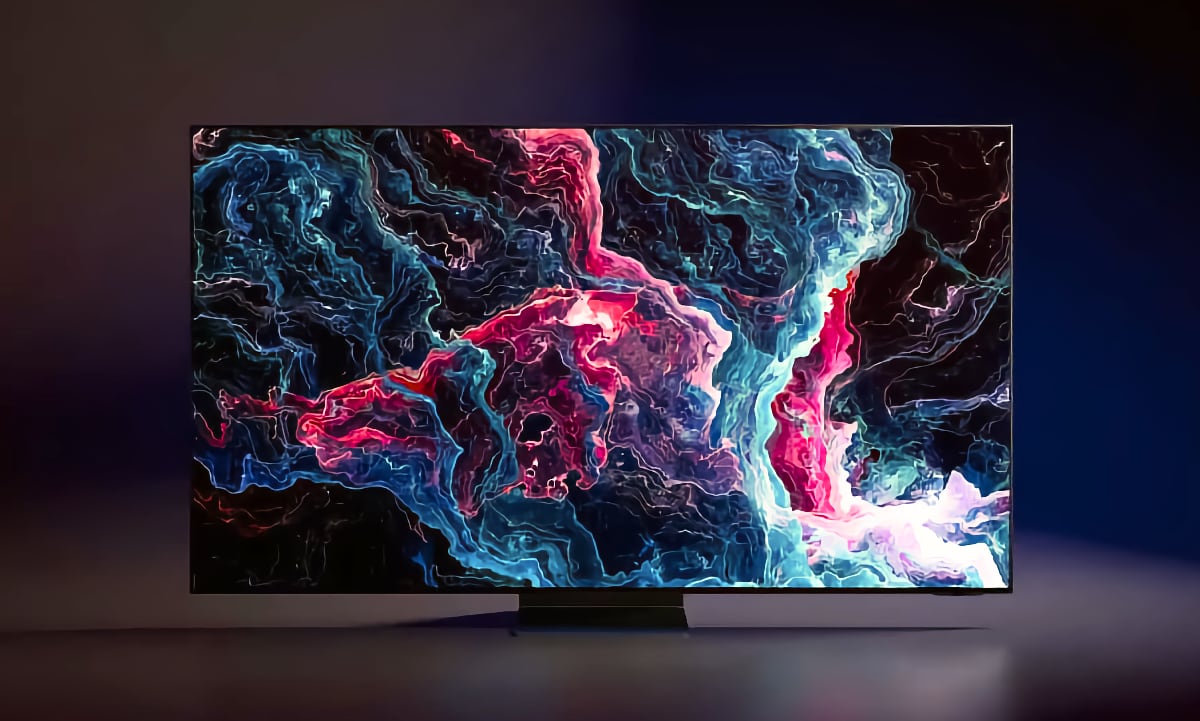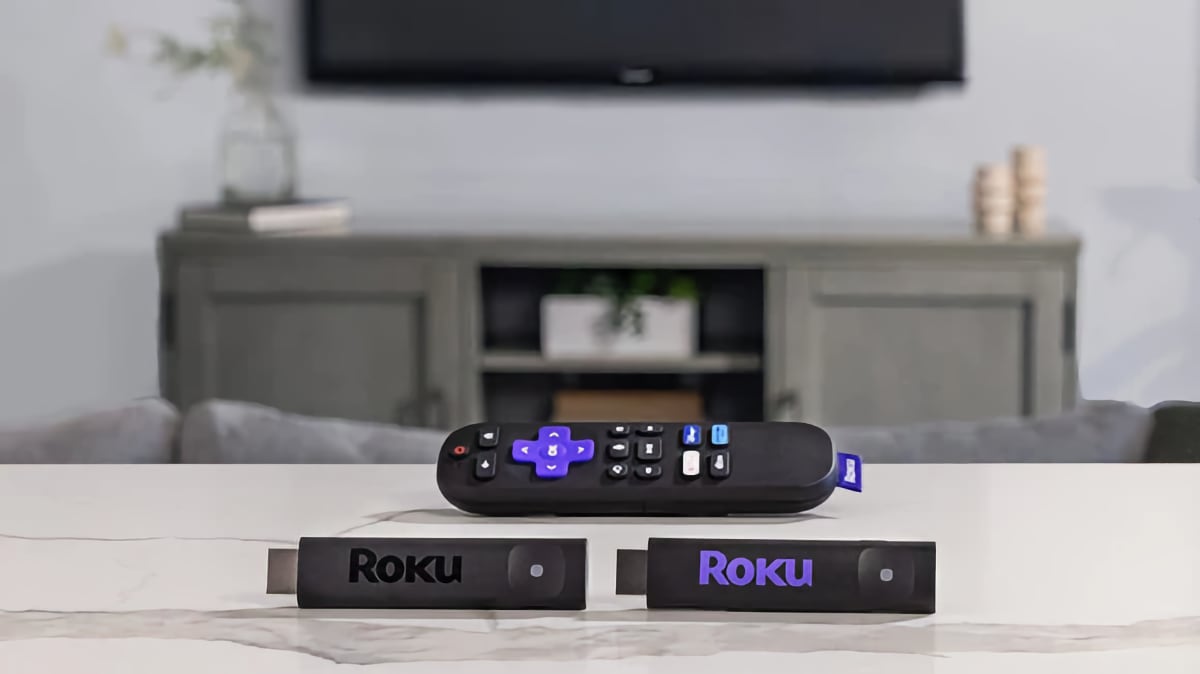HbbTV – or Hybrid broadcast broadband TV – was sold to consumers as a bridge between broadcast channels and streaming. However, its true purpose is now coming to light as European broadcasters are planning to use it to track your viewing patterns on Smart TVs and serve targeted ads.
TV ads via HbbTV
Czech Republic’s largest TV broadcaster, Nova, will start showing ads via HbbTV this fall. The difference between an ad run on a traditional TV channel and one served via HbbTV is that the latter can be an individually targeted ad.
By tracking what you are watching and inputting this data into Google’s ad platform, HbbTV can serve targeted ads. If you have watched Top Gear you are likely to get served ads for cars.
HbbTV ads can be either full-screen video ads or popup ads during aTV show. You can think of HbbTV as a website so in essence it can serve ads any way the broadcaster prefers.
Technical tests with ads via HbbTV have been carried out via HbbTV in Germany on Welt since last September. HbbTV has been employed by one or more broadcasters in many European countries to offer “value-added” services on TV channels such as a shortcut to watch archived and on-demand video content.

Tracks viewing patterns
German magazine c’t examined in 2014 (1, 2)) what kind of user data gets collected via HbbTV. It made them sound the alarm.
C’t found that HbbTV collects user viewing data no matter if you use HbbTV or not. It is a background process. The user was never asked to accept any terms and was not able to turn off tracking. The magazine also found that user data collected via HbbTV was sent to Google and that it was so comprehensive that it could be traced back to the individual. Security experts assessed at that time that it was illegal under German law.
In 2013, Martin Herfurt did some testing and found that over 40% of German TV channels used HbbTV in a manner that was illegal.
HbbTV Association and Smart TV Alliance merged in September 2016 and will continue work under the HbbTV Association.
HbbTV was sold to consumers as an alternative to apps; a platform that would work regardless of TV brand and an easy way to combine broadcast and streaming. However, in reality the system appears to have been employed with other tasks in mind.
- Source: Broadbandtvnews








